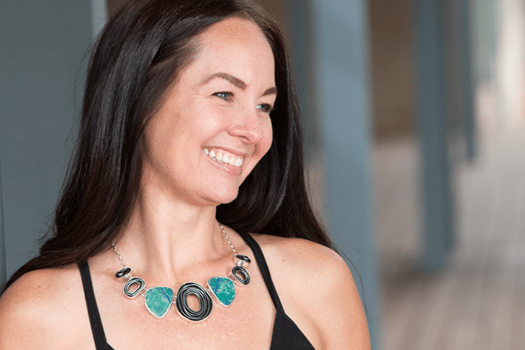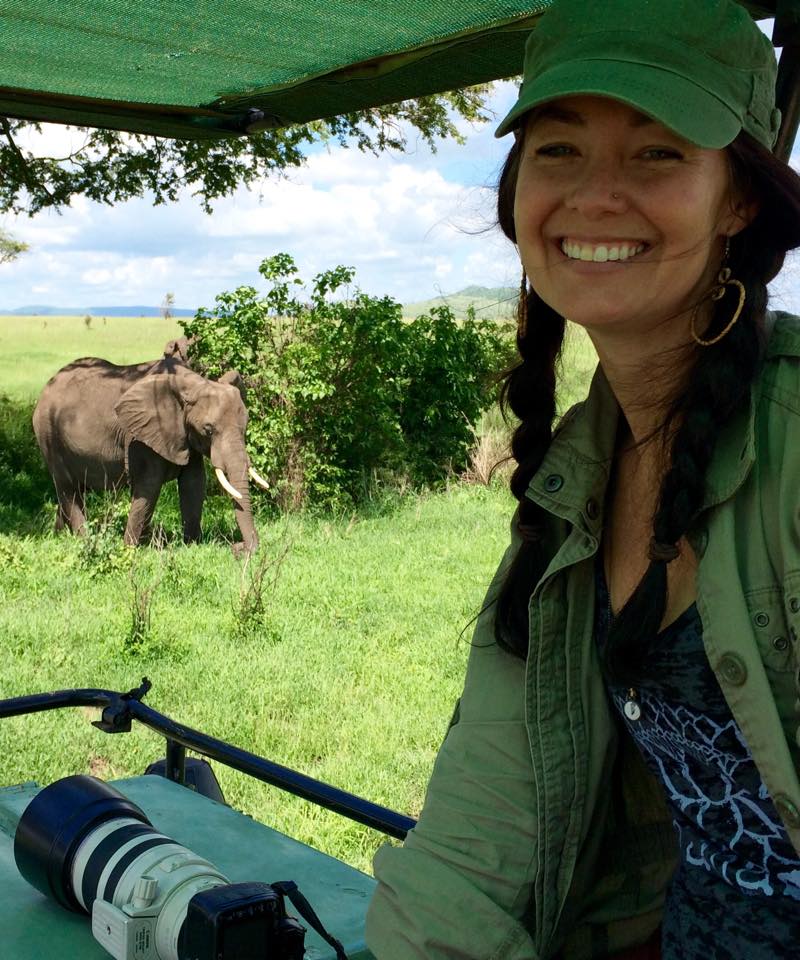Jennifer Palmer
 Jennifer Palmer is a wildlife biologist, conservation scientist, youth mentor, world explorer, and nature enthusiast. For over 15 years, she has devoted her career to the plight of wildlife and launched Women for Wildlife (website and Facebook page) with the deep belief that the solutions to our greatest wildlife challenges are found among the power and leadership of women.
Jennifer Palmer is a wildlife biologist, conservation scientist, youth mentor, world explorer, and nature enthusiast. For over 15 years, she has devoted her career to the plight of wildlife and launched Women for Wildlife (website and Facebook page) with the deep belief that the solutions to our greatest wildlife challenges are found among the power and leadership of women.
With a wide range of experiences in global conservation initiatives, Jennifer holds a master’s degree in International Applied Ecology and Conservation from the University of East Anglia in the UK and a bachelor’s degree in Biology from University of California, Santa Cruz. Her career reflects a unique blend of international travel adventures and wildlife research in over 35 countries. She has worked alongside prestigious organizations such as the International Union for Conservation of Nature (IUCN), The WILD Foundation, Earth Vision Institute, National Marine Fisheries Service (NMFS), The Ocean Foundation, Chasing Ice, The Climate Reality Project, One More Generation, Ocean Alliance, Global Leadership Adventures and many other conservation and education non-profits worldwide. When she is not traveling the globe or exploring nature, she is deeply enriched by dance, yoga, photography, hiking, tree hugging and rock climbing.
Jennifer launched Women for Wildlife, which is a global platform that supports, empowers, and unites women devoted to conservation. The website and social media platform offer girls a chance to see a variety of strong, adventurous, visionary women who hold a wide range of careers in science. Women for Wildlife’s site features 35 women and girls from 17 different countries, and aims to connect people to wildlife projects that they likely didn’t know existed. This is just the beginning, and Women for Wildlife plans to expand the number of women who will be featured in years to come.
Much of Jennifer’s career has been built upon navigating obstacles in male-dominated scientific fields, and she recognizes that gender bias is an issue in many fields of science. When Jennifer speaks to classrooms around the world, she asks the students “What does a scientist look like?” The answer is consistently “an older white man, wearing a lab coat, with frizzy hair and bubbling flasks of chemicals.” The students are shocked to find out that Jennifer is a scientist. In the article she wrote for The National Environmental Education Foundation: Girls in Science, Jennifer states, “I find that the only way to shift this perspective is to shine a light on women scientists and teach girls that they have just as much ability to join STEM fields as their fellow male peers.” Jennifer appreciates ESWN’s work to support and spotlight women scientists.



